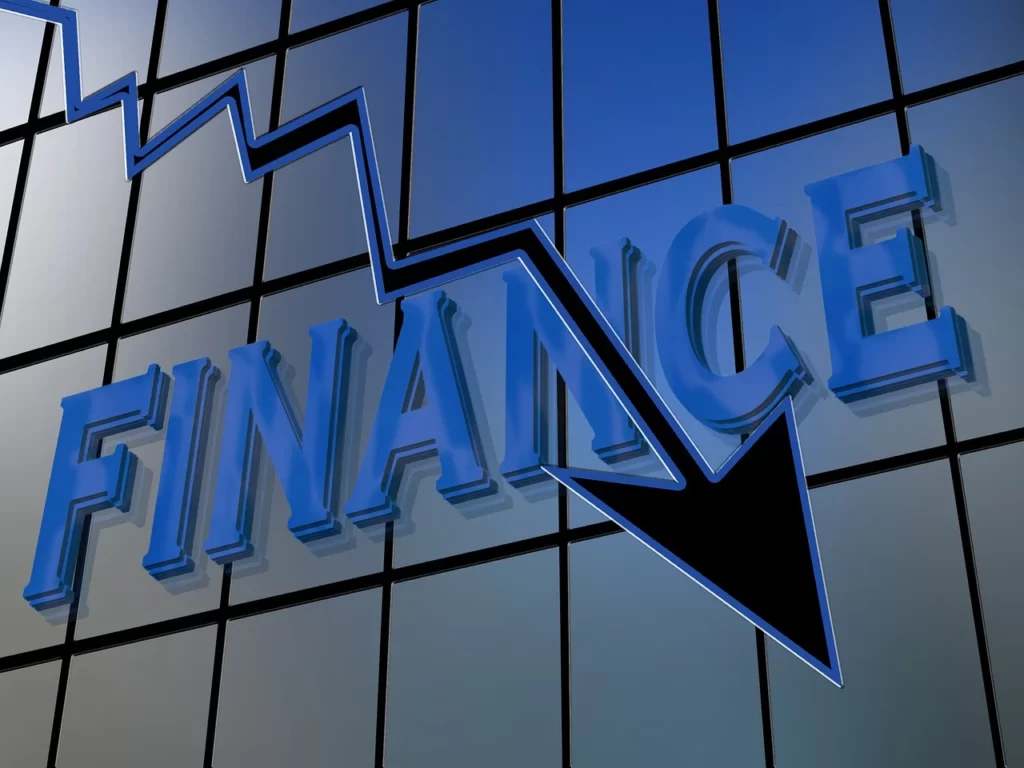
During times of economic downturn, such as recessions, governments face the critical task of reigniting growth and stability within their economies. With businesses struggling, unemployment rising, and consumer spending declining, the need for strategic intervention becomes paramount.
One effective approach governments employ to encourage growth during a recession is through the implementation of fiscal policies. In this article, we will explore how governments utilize fiscal measures to stimulate growth and foster economic recovery during challenging times, or to be exact: During a recession, what is one way governments try to encourage growth?.
1. Understanding Fiscal Policy
Fiscal policy refers to the use of government spending and taxation to influence the economy. Its primary goal is to either stimulate or stabilize the economy, depending on the prevailing economic conditions. During a recession, when economic activity slows down, fiscal policy aims to boost demand, increase consumer spending, and promote investment, all of which contribute to economic growth.
2. Increased Government Spending
One way governments attempt to encourage growth during a recession is by increasing government spending on public projects and initiatives. This injection of funds into infrastructure development, healthcare, education, and other sectors not only creates jobs but also stimulates demand for goods and services. As more money flows into the economy through government spending, businesses experience increased demand, leading to production growth and potential expansion.

3. Tax Cuts
Another crucial tool in the government’s fiscal policy toolkit is tax cuts. During a recession, reducing taxes for individuals and businesses can boost disposable income and incentivize spending and investment. Tax cuts can leave consumers with more money in their pockets, leading to increased consumption of goods and services. For businesses, lower taxes mean reduced operating costs, encouraging expansion, and potential job creation.
4. Support for Small and Medium-sized Enterprises (SMEs)
Small and medium-sized enterprises (SMEs) are often the backbone of economies, and supporting them during a recession is vital. Governments may offer financial assistance, grants, or low-interest loans to help struggling SMEs stay afloat and retain their workforce. By doing so, governments help maintain employment levels, stabilize local economies, and enable SMEs to continue their operations, which is crucial for overall economic growth.
5. Unemployment Benefits and Social Safety Nets
During a recession, job losses and unemployment rates can soar, creating financial hardships for many citizens. Governments step in to provide unemployment benefits and establish or strengthen social safety nets to support those who have lost their jobs. This financial assistance not only alleviates the immediate burden on affected individuals and families but also helps maintain consumer spending, preventing a further decline in demand.

6. Investment in Research and Innovation
To foster long-term economic growth and competitiveness, governments often invest in research, development, and innovation during a recession. Funding scientific research, technological advancements, and innovation-driven initiatives can lead to the creation of new industries and job opportunities. Additionally, advancements in technology and research can improve productivity and efficiency, further contributing to economic growth.
During a recession, governments play a pivotal role in stimulating growth and ensuring economic stability. By implementing strategic fiscal policies, such as increasing government spending, providing tax cuts, supporting SMEs, and investing in research and innovation, governments can create a conducive environment for economic recovery. The objective of these measures is to boost demand, encourage investment, and facilitate job creation, all of which contribute to rejuvenating the economy.
While fiscal policies can be effective in encouraging growth during a recession, it’s essential for governments to strike a balance between short-term stimulus and long-term sustainability. Careful planning, continuous monitoring of the economic landscape, and adaptability are key to ensuring the success of government intervention and fostering a path to economic prosperity.

Leave a Reply